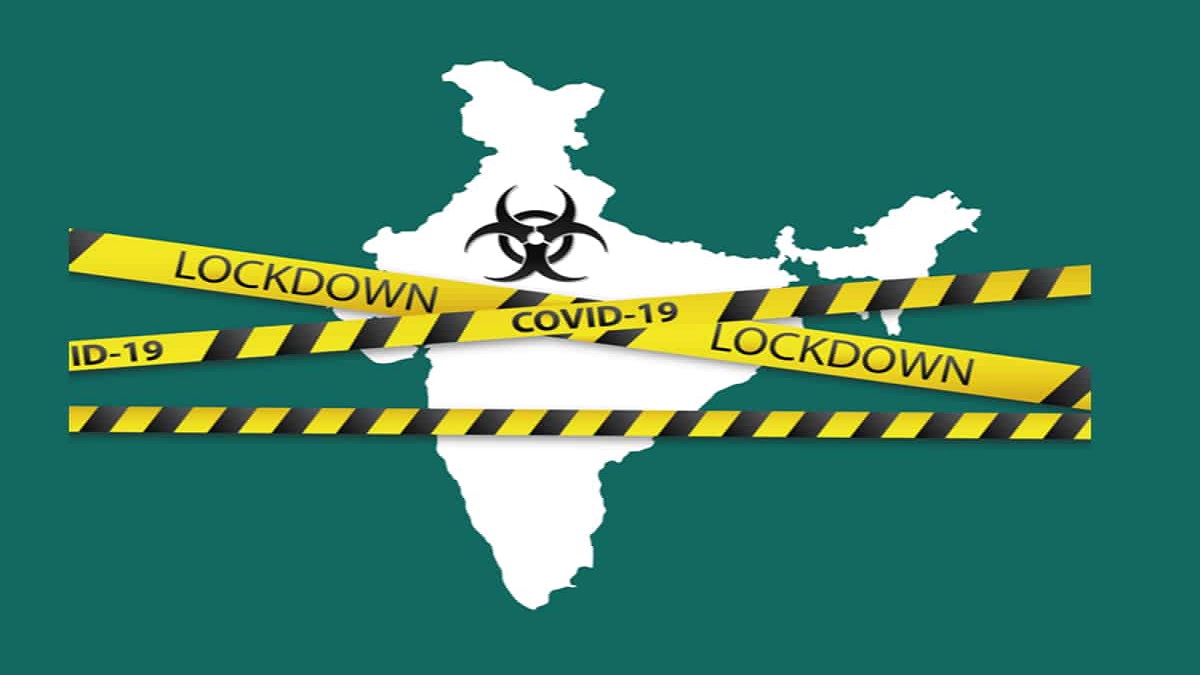
After a comprehensive review, the government has finally decided to extend the lockdown by another two weeks but with considerable relaxation. Earlier during the day, the Ministry of Health had divided the country into three zones — Red, Orange and Green. The government has permitted considerable activities in Orange and Green Zones. After going through the detailed guideline, it’s clear that the recommendation made by several CMs have been incorporated in this. However, complete restriction remains on travel by air, train, metro and inter-state movement by road, running of schools and colleges, hotels malls, gym, all kind of social, political and cultural gatherings and all places of worship. In the new detailed guidelines issued by the MHA, movement of individuals, for all non-essential activity remains prohibited from 7 pm to 7 am.
Apart from this, in all zones, people above 65 years, pregnant women, person with comorbidities and children below 10 years shall stay at home. Industrial establishments in urban areas including Special Economic Zones (SEZs), Export Oriented Units (EOUs), industrial estates and industrial townships with access control have been permitted. The other industrial activities which are permitted are manufacturing units of essential goods, including drugs, pharma, medical devices, IT hardware, jute industry with staggered shifts and social distancing. Construction activity in urban areas have been limited to in-situ construction (where workers are available on site and not brought in from outside). All standalone, neighbourhood shops are permitted to open without any distinction. E-commerce activity in Red Zone is limited to essential supply. Private offices can operate with only 33% of the staff with rest working from home. All government offices shall function with full strength at the deputy secretary level and above. However, defence, police, security services, health workers, FCI, NIC, customs, etc, shall function without any restric tion. Apart from this, a lot of other activities are permitted in the Red Zone.
All industrial and construction works in rural area, including MGNREGA works, are permitted. Along with this all shops except the ones in malls are permitted. All agriculture activity including sowing, harvesting procurement and marketing are permitted. All health services to remain functional. A large part of financial sector, including banks, will remain open. In the Orange Zone, in addition to activities permitted in the Red Zone, taxis and cab aggregator will be permitted with one driver and one passenger only. Four-wheeler vehicle will have maximum of two passengers and pillion riding will be allowed. In the green zone, all activities are permitted except which are prohibited throughout the country irrespective of the zone. However, busses can operate with 50% capacity and depots can function with 50%. All goods traffic is to be permitted and no state or UT shall stop the movement of the cargo for cross-border trade.
No separate pass is needed for such movement which is essential for maintaining the supply chain of goods. Also, wearing of face cover is mandatory and no manager of a public place should allow gathering of more than five people. Marriage-related gatherings should not have more than 50 people, apart from ensuring proper social distance. Funeral gatherings remain restricted to 20 people. Likewise, standalone shops selling liquor and paan gutkha will ensure that there a minimum six-ft distance from each other and also that there are not more than five people inside the shop at one time. Use of Aarogya Setu be made mandatory for all employee, private or public.
Earlier during the day, the Ministry of Health had come up with a detailed description of what all districts are in which zones. The latest notification by the ministry says that there are 319 ‘Green Zones’ in the country. Green Zones are those areas where no Covid-19 cases have been found yet. Major cities like Delhi, Mumbai and Chennai, though, remain in ‘Red Zones’. There are 130 Red Zones across the country. “Districts were earlier designated as hotspots/ Red Zones, Orange Zones and Green Zones, primarily based on the cumulative cases reported and the doubling rate. Since recovery rates have gone up, the districts are now being designated across various zones duly broadly basing the criteria. This classification is multifactorial and takes into consideration incidence of cases, doubling rate, extent of testing and surveillance feedback to classify the districts.
A district will be considered under Green Zone, if there are no confirmed cases so far or there is no reported case since last 21 days,” said the notification. The new list of districts has been prepared by the Ministry of Health according to the number of cases, doubling rate and testing. According to the new rules, if no new case of coronavirus comes in a district for 21 days, then it will fall in the green zone. Earlier, it was 28 days. For the list after May 3, 130 districts have been included in the Red Zone, 284 in the Orange Zone and 319 districts in the Green Zone. The Health Ministry has still kept Delhi, Mumbai, Chennai, Kolkata, Hyderabad, Bengaluru and Ahmedabad in the Red Zone. Apart from these, 14 districts of Maharashtra, 11 of Delhi, 12 of Tamil Nadu, 19 of UP, 10 of Bengal, 9 of Gujarat, 9 of Madhya Pradesh and 8 districts of Rajasthan are included in the Red Zone.
Lockdown 3 explainer – Click Here